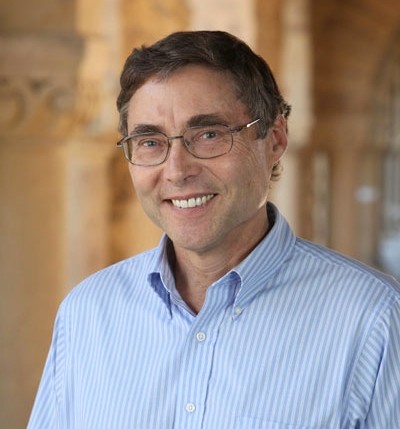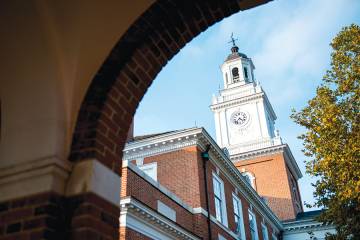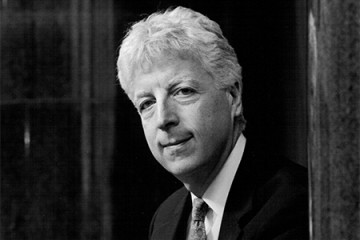
Image caption: Carl Wieman
Nobel Prize-winning physicist Carl Wieman had started to see a pattern in his research labs: Bright, successful grad students who, it turned out, were actually "clueless about physics," he said Wednesday in a talk at Johns Hopkins University.
But once the students had a few years of hands-on lab work under their belts, Wieman saw them develop into colleagues, even "experts."
Naturally, Wieman turned to science to make sense of the trend. Everything he learned—pulling from brain research, cognitive psychology, and classroom studies—supported a big rethink of how science is taught.
Today, Wieman's message is: Ditch the lectures. Budding scientists learn by trying—and also by adapting from their mistakes.
"Learning really happens when you have something in your thinking that's wrong, and you come to understand why that's wrong—and how to change it," Wieman said Wednesday in a talk hosted by JHU's Second Commission on Undergraduate Education.
In class, for example, the Stanford professor sometimes asks his students to predict specific outcomes—before they have the knowledge base to do so—using a "clicker" tool to survey the room. If they guess wrong, he suggests, they're far more invested in learning the correct solution.
Wieman's "active learning" advocacy is backed by concrete data from real classrooms. His Science Education Initiative, which he put into practice across 13 science departments at the universities of British Columbia and Colorado, resulted in more engaged students with higher test scores.
A study of the British Columbia program found, for example, that physics students in an active learning class scored almost twice as well as peers in a more traditional lecture class covering the same material. Tellingly, attendance was also 20 percent higher.
Also see
"Does it work? Yes," Wieman said Wednesday.
The scientist pulled together all of his findings for his 2017 book Improving How Universities Teach Science, and he is implementing the principles into classes at Stanford.
But Wieman—who won the Nobel Prize in physics for 2001 for creating what's called the Bose-Einstein condensate—is still waiting for more universities to break from their traditional models of science teaching.
Though it takes some time for faculty to train and adapt, he said, in most cases "none of them are considering going back to lecturing like they used to."
Posted in University News
Tagged physics, education, undergraduate education










